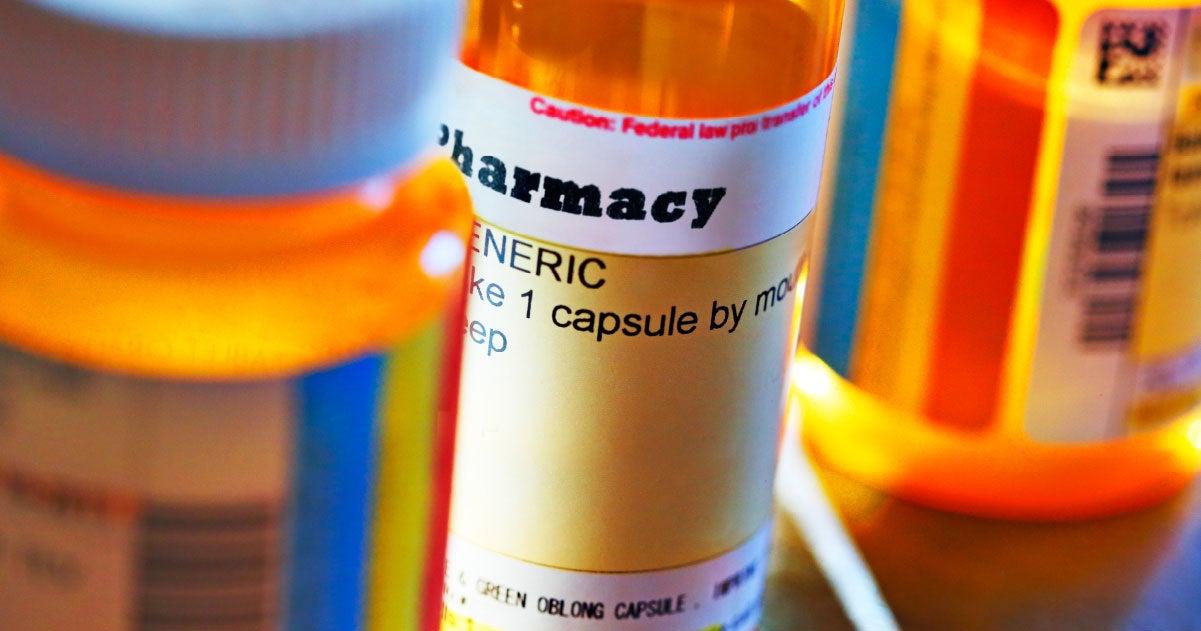What’s the Difference Between the Medicare Savings Programs and the Medicare Shared Savings Program?
5 min read

Medicare Savings Programs (MSPs) and the Medicare Shared Savings Program (MSSP) have similar-sounding names. But are they the same? The answer is no.
While these two programs are both designed to reduce Medicare costs, they work in different ways. Below is an explanation of each program and the unique benefits they provide.
What are the Medicare Savings Programs?
Medicare Savings Programs are special benefit programs run by state Medicaid agencies. They’re designed to cover some (or all) out-of-pocket Medicare costs for people with limited means. There are four different MSPs. Depending on which program you qualify for, it can help pay your Medicare premiums, deductibles, coinsurance, and copayments:
- Qualified Medicare Beneficiary (QMB): Helps cover the Part A premium and Part B premium, deductibles, coinsurance, and copayments
- Specified Low-Income Medicare Beneficiary (SLMB): Helps cover the Part B premium
- Qualifying Individual (QI): Helps cover the Part B premium
- Qualified Disabled Working Individual (QDWI): Helps cover the Part A premium
What are the advantages of a Medicare Savings Program?
Enrolling in an MSP can save you a good amount of money on your Medicare costs. For example, three of the four MSPs pay for the Medicare Part B premium. Since the Part B premium in 2024 is $174.70 a month for most people, an MSP could save you $2,096.40 each year.
Another major perk of being enrolled in a Medicare Savings Program is that you automatically qualify for the Medicare Part D Low Income Subsidy (LIS, also called “Extra Help”). This benefit helps cover prescription drugs and is estimated by the Social Security Administration to have an annual value of $5,300. Having Extra Help can also prevent you from getting a late enrollment penalty if you’re not already enrolled in Medicare Part D.
“The biggest advantage of a Medicare Savings Program is really peace of mind,” says Jen Teague, NCOA's Director for Health Coverage and Benefits.
For older adults on a low or fixed income, this extra safety net can ease the financial stress associated with health care expenses. It ensures they can access the care they need without worrying about excessive costs,” Teague said.
Who qualifies for the Medicare Savings Programs?
You must be enrolled in Medicare Part A (at a minimum) and meet specific income and asset limits to qualify for an MSP. These limits, which vary from state to state, are based on the Federal Poverty Guidelines and change yearly.
How do I apply for the Medicare Savings Programs?
You must apply for the Medicare Savings Programs through your state’s Medicaid office. Find your local Medicaid office here. If you need guidance, reach out to your area State Health Insurance Assistance Program (SHIP). Find your local SHIP by calling 1-877-839-2675 or visiting their website.
What is the Medicare Shared Savings Program?
The Medicare Shared Savings Program is a voluntary, value-based payment model introduced by the Centers for Medicare & Medicaid Services (CMS). It brings together hospitals, doctors, and other health care professionals to form Accountable Care Organizations (ACOs). The goal of an ACO is to provide coordinated, high-quality care to their Medicare enrollees while also reducing the costs of delivering this care.
How does the Medicare Shared Savings Program work?
Under this program, ACOs that meet specific quality and cost-saving targets can receive a portion of the savings they helped generate for Medicare. On the other hand, if an ACO does not meet the quality and savings goals, they may be responsible for part of the losses.
The MSSP aims to shift the payment model from quantity-based to a more value-based system that rewards better health outcomes and lower costs. It encourages health care providers to focus on preventive care, care coordination, and overall better management of patients' health.
Participation in the Medicare Shared Savings Program is voluntary. ACOs can choose from different “tracks” with different levels of financial risk and reward.
What are the Medicare Shared Savings Program requirements?
ACOs can be formed by various combinations of health care providers—including hospitals, physicians, specialists, group practices, and other health care professionals. To participate in the MSSP, ACOs must:
- Be a legal entity recognized under state law.
- Enter into a participation agreement with CMS.
- Be assigned at least 5,000 Medicare enrollees.
- Publicly report on performance results.
- Agree to participate in the program for at least five years.
- Not participate in other Medicare initiatives involving shared savings.
How much has the Medicare Shared Savings Program saved Medicare?
In 2022, the Medicare Shared Savings program saved Medicare $1.8 billion compared to spending targets for the year. As of January 2023, the program includes more than 573,000 clinicians providing care to nearly 11 million Medicare enrollees.1
“The Medicare Shared Savings Program helps millions of people with Medicare experience coordinated health care while also reducing costs for the Medicare program,” said CMS Administrator Chiquita Brooks-LaSure in a press release.
Get free, one-on-one guidance on your Medicare options
You have a lot of choices when it comes to Medicare, and trying to sort through it all may feel overwhelming. Talking to someone who knows the program inside and out can help you be more confident in the decisions you make. NCOA partners with Medicare brokers that meet our Standards of Excellence (SOE). Get support from a Medicare expert who won't pressure you into buying a specific plan. Speak to an NCOA Partner today.
You can also contact your local State Health Insurance Assistance Program (SHIP). SHIPs provide free, unbiased advice to people who have Medicare-related questions for themselves or a family member. SHIPs counselors can also help with applications for the Medicare Savings Programs (MSPs). To find your nearest SHIP, call toll-free 1-877-839-2675 or visit their website.
Sources
1. U.S. Department of Health and Human Services. Medicare Shared Savings Program Saves Medicare More Than $1.8 Billion in 2022 and Continues to Deliver High-quality Care. August 24, 2023. Found on the internet at https://www.hhs.gov/about/news/2023/08/24/medicare-shared-savings-program-saves-medicare-more-1-8-billion-2022-continues-deliver-high-quality-care.html




